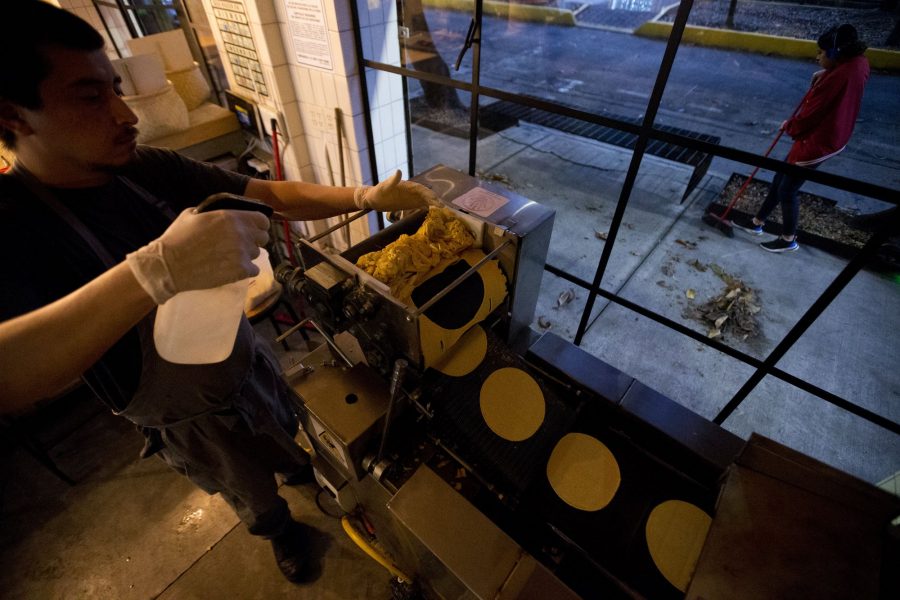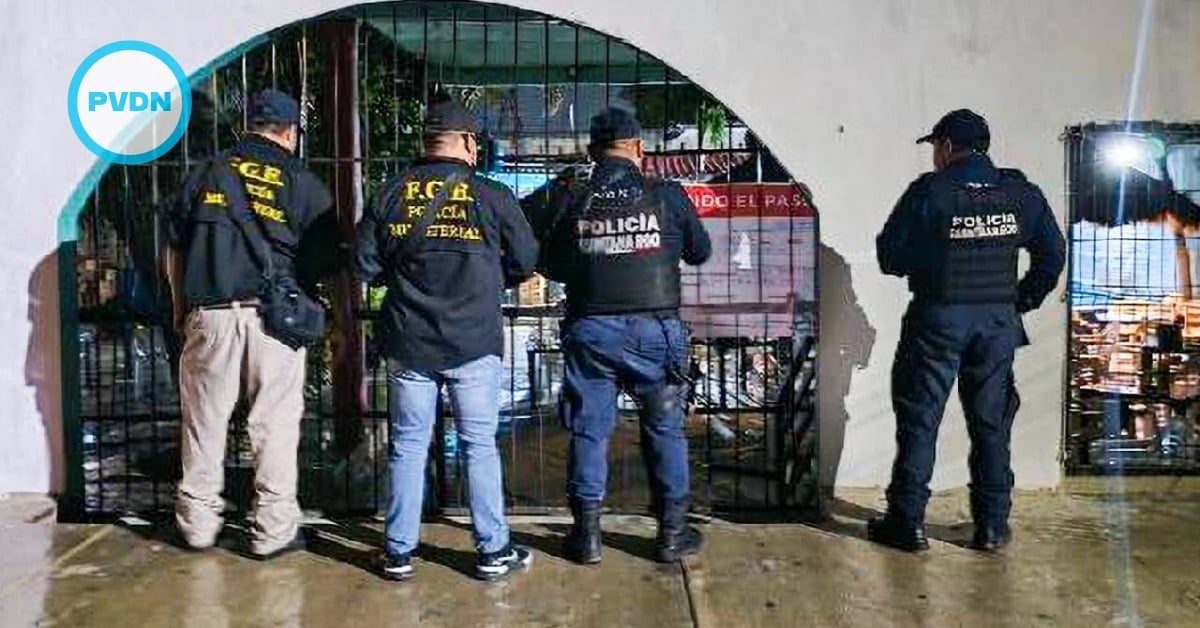As Mexico City’s 9 million residents sleep in the pre-dawn darkness, busy hands are already preparing the day’s corn tortillas in the small kitchen of Molino El Pujol, a tortilla shop that is part of a famed chef’s bid to help recover Mexico’s iconic food. As the old tortilla mac…







